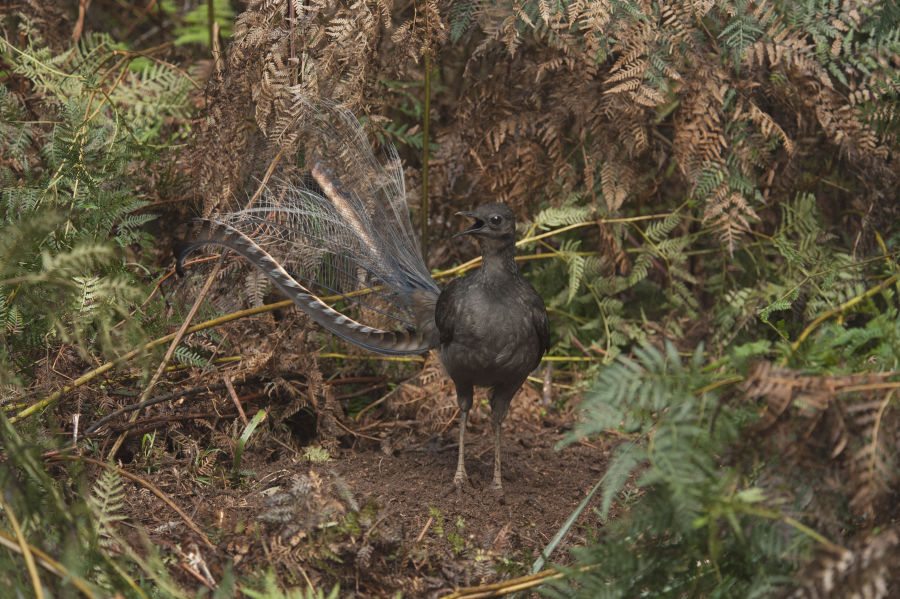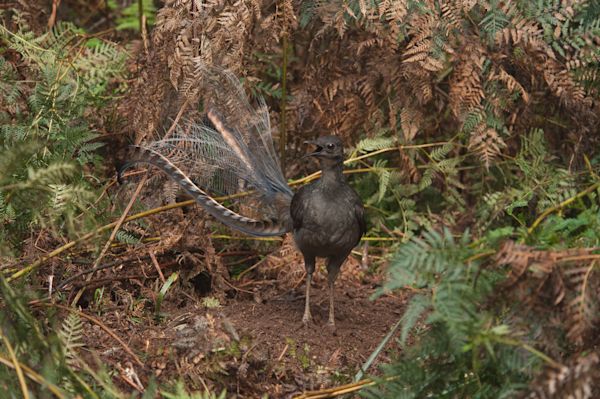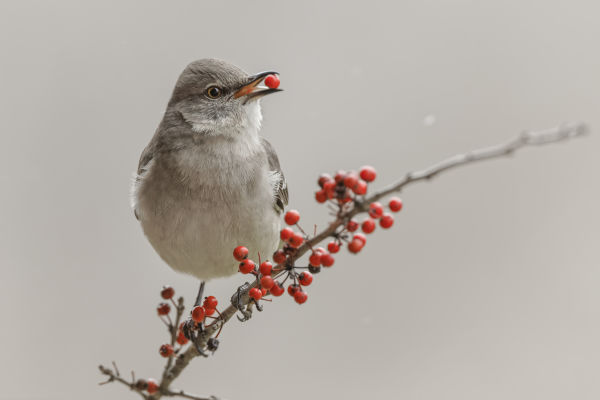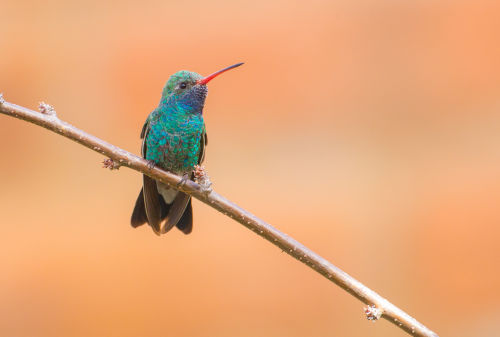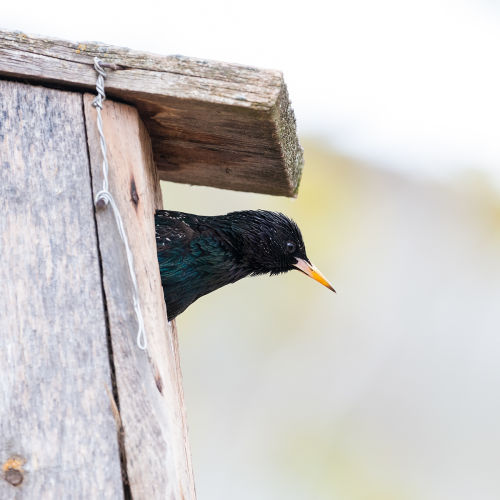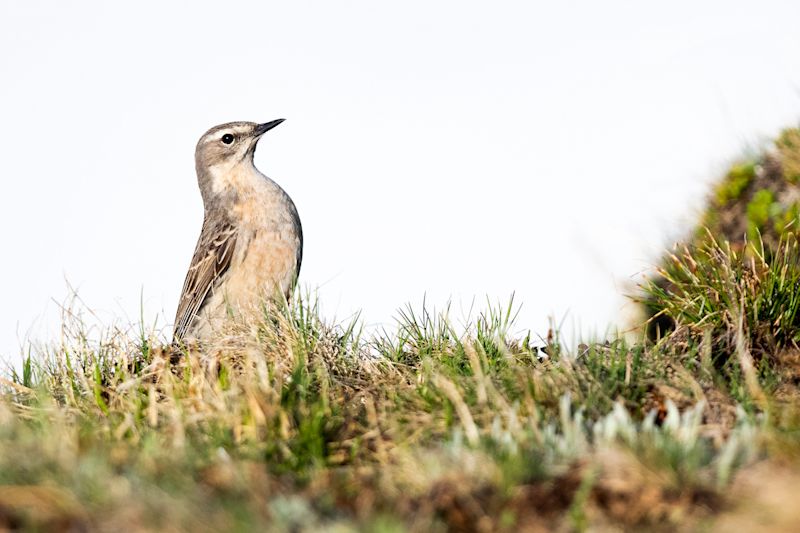The lives of birds are both rich and complex. Each year they master a set of challenges by making choices when it comes to finding a mate, deciding where and how best to raise their young, establishing a territory, building a nest and finding enough food to survive.
Not unlike the lives of human beings, what a bird is doing at any given time during the year is dictated by the seasons, their stage in life, and changes in their environment (such as the abundance or lack of daylight). The power of flight, however, gives many birds the opportunity to travel in search of food, longer days, or a safe place to raise their young – regionally, nomadically or over incredible distances.
1. To stay or go
With over 11,000 bird species on Earth, annual survival strategies amongst birds are as colourful and varied as bird plumage itself. Broadly speaking there are some birds that migrate (about 19% of all birds) either short or very long distances in response to seasonal availability of food or to avoid competition with other species for resources, while other birds are more sedentary, capable of sustaining themselves in one general area the whole year round. Some of these birds move regionally or change altitudes depending on the season.


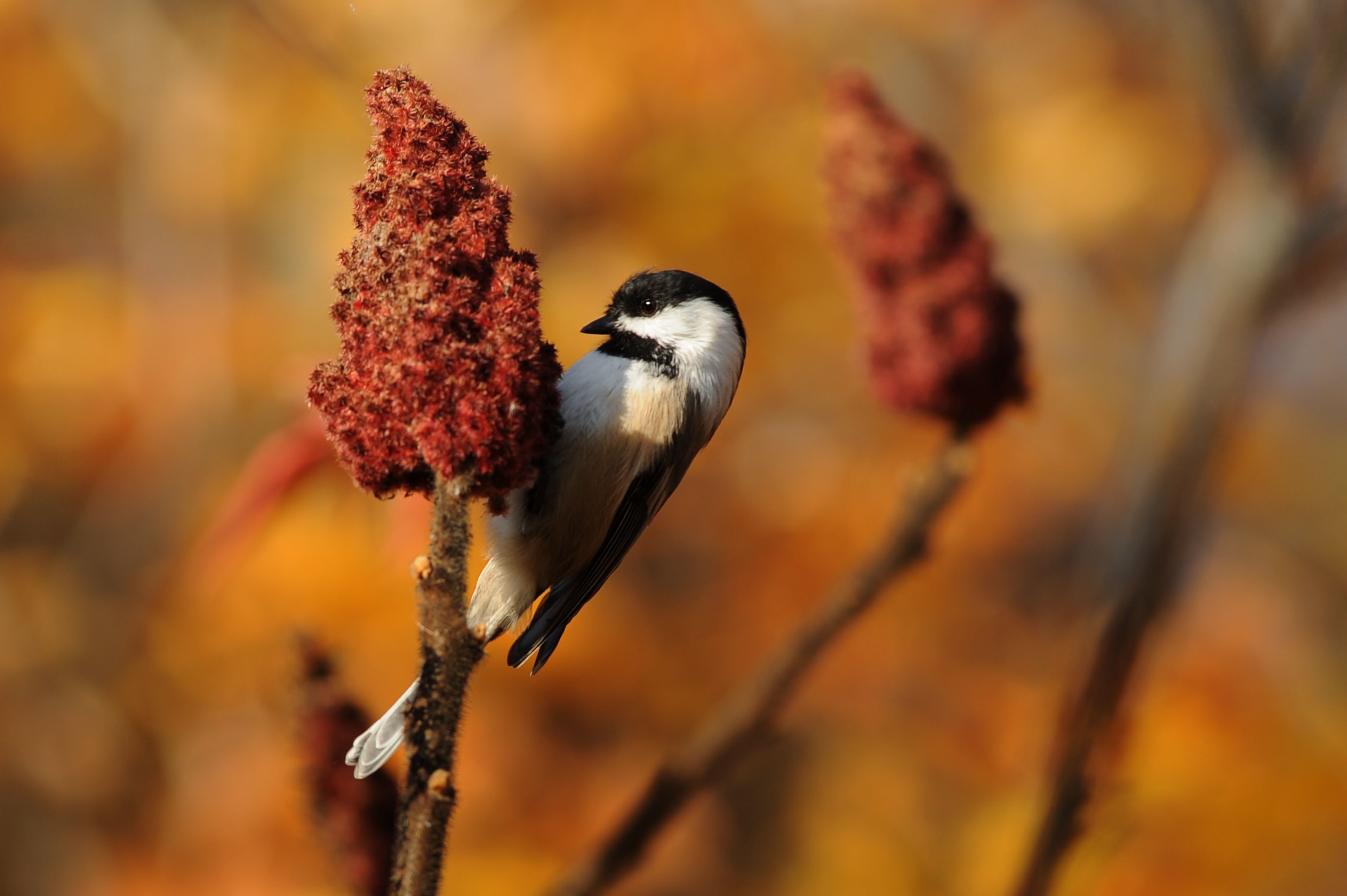
2. A diet tailored to the season
How birds spend their year depends on many factors. For an omnivorous bird such as a black-capped chickadee (pictures above), spring and summer are largely spent devouring insects. The prime warmer months in the Northern Hemisphere means that it’s an optimal time to attract a mate and breed. With food readily available, both males and females have time to excavate a cavity in a tree in which to lay eggs. In the colder months, chickadees increasingly feed on seeds, berries and plant matter, though they will also eat insects, spiders or bits of meat from a frozen animal carcass.
3. Always on the move
For a dunlin, which migrates to breed in summer, life is spent on the move, often travelling incredible distances. Feeding on invertebrates in shallow water, the dunlin travels from subarctic and arctic tundra regions in summer to lakes and lagoons further south during winter.

Clark’s nutcracker
4. Hide and seek
To survive winter, the clark’s nutcracker (picture above) demonstrates the power of its keen sense of recall. It collects up to 30,000 pine seeds over three weeks in November, then carefully buries them for safe keeping across an area of 200 square miles. Over the next eight months, it succeeds in retrieving over 90 percent of these seeds, even when they are covered in feet of snow.

5. The treasure collector
Though some birds are sedentary, that doesn’t mean they don’t keep busy during the year. In the forests of New Guinea, the bowerbird (pictures above - left: Great Bowerbird Chlamydera nuchalis; right: Vogelkop Bowerbird Amblyornis inornata) spends nine months building its fantastic lek. For males, food is readily available year-round, thus freeing up time to impress females by decorating its lek site with shiny treasures, such as beetle wings, flowers, or even bits of plastic from nearby human communities.
6. Advertising through song
Whether sedentary or migratory, many birds spend certain times of year singing vigorously. They do so to advertise themselves to both potential mates and rivals. Because singing expends a lot of energy, smaller, weaker birds cannot bluff the listener into thinking that it is a larger, stronger rival or mate. Therefore, only strong birds can invest the energy needed for loud, continuous singing, while still evading any predators. Spending time and energy learning different songs and sounds can help male birds attract females. The magnificent lyrebird (picture below, left side) of Australia, for instance, is a superb mimic capable of limitless imitation. During its life, the northern mockingbird (pictures below, right) may learn and perform up to 200 different songs.
